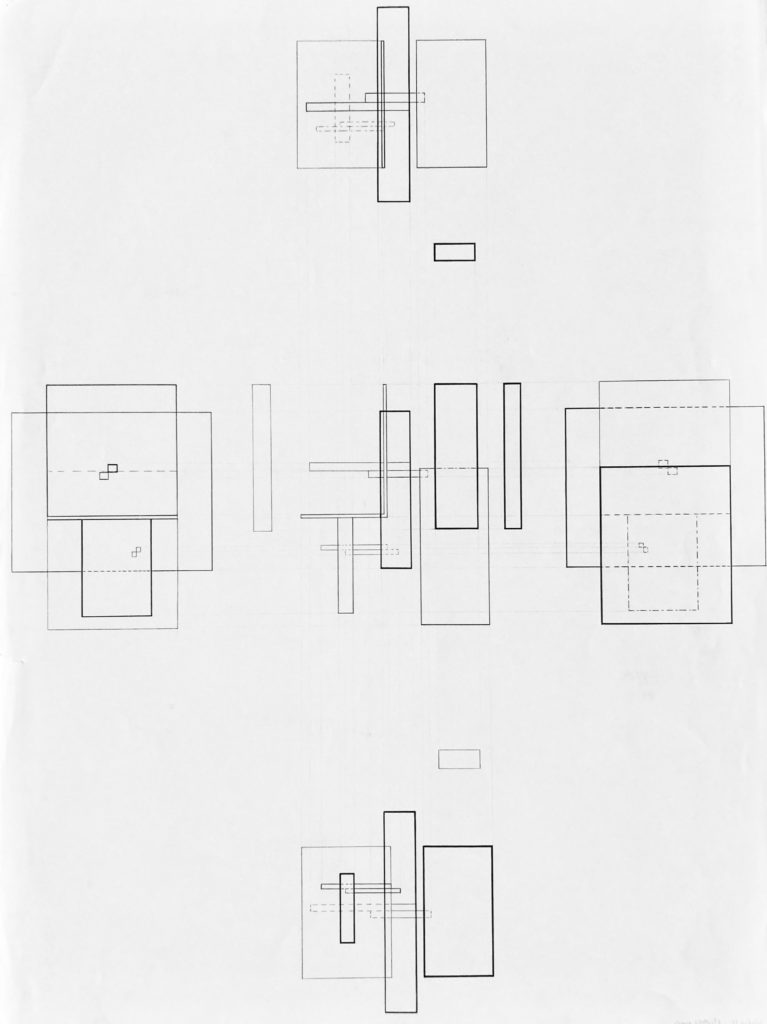Days and weeks and months and years have passed since I assumed the moniker of Shanalines. It happened so long ago, I sometimes forget that others don’t know the story. In fact, I recently shared the story with my dad for the first time, and I’m pretty sure the original story took place over 20 years ago. (How can that be possible?!?!?)
By now you know that my background is architecture: I studied it in both undergrad and grad school, and I keep my license active, though I don’t use it daily in any regular sense. I will say the training and study helped shape me, and even though I shudder to think about the sleepless nights and thankless clients, it’s still the right path for me. But enough about that. This post is about how I became Shanalines.
Part of design education is the critique process. When a project is complete, the instructor sets up a critique where students present their work individually for review while the rest of the studio class watches. Sometimes the instructor invites in guest critics to review the work, and sometimes there is peer review, with some students assigned to be critics themselves.
This particular class was an analog drawing class. We were each assigned an abstract painting, and tasked to reimagine the piece as if it were composed of geometric forms. We were tasked to create orthographic projections (measured line drawings without perspective) of our analysis of the forms, interpreting foreground and background through lineweights. A general strategy for lineweights is that objects farther away are depicted in lighter lineweights, and those in the foreground are darker, with the darkest lines being the section cut. Think about the world around you: closer objects are in clearer focus, and therefore bolder to your eye. I remember creating my drawing and determining where I would show the section cut, and reeeeealllly using bold lines. I loaded my lead holder with a heavy lead– was it 4B?– and created overly exaggerated dark lines.
The day of the critique, our instructor had invited in a guest critic to review our work. We pinned up our drawings in the critique space, and each took turns sharing our work and getting feedback. When it was my turn to present, I introduced myself and shared my strategy. Honestly I don’t remember exactly what the critic said, but he did remark that my section cut line was rather bold. Other than that, the review went fine, and I felt relieved. Sometimes reviews can be harsh, ending in tears due to harsh feedback combined with utter lack of sleep.
A classmate who presented a few after me had exquisite work, but very light lines. At this time, I was sitting in the audience with my other classmates, happy to have survived my part. The critic had to get up from his seat and move in closely to the wall to examine her drawing in greater detail, as the delicate linework was lost from a distance. I remember what he said to her:
“Your drawing is lovely, but rather light. You need….” (at this point he looked around the room, and his eyes landed on me) “What was your name again?”
Startled that the critic was speaking to me after my turn, I looked around to make sure he meant me. “Me? My name is Shana.”
(Looking back at the student presenting) “You need some Shanalines.”
And there you have it, folks. Shanalines are the bold, assertive lines, the ones that are a little too loud, but aren’t mistaken for anything else. They’re almost comical, but simultaneously strong and expressive. Love them or hate them, they’ve got personality.
And now, just for fun, here’s the original Shanalines drawing.

thanks for sharing 🙂
Dig the origin story!